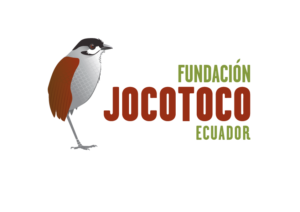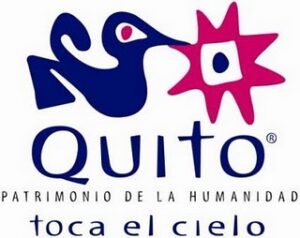BIRDING SOUTHERN ECUADOR
&TUMBESIAN ENDEMICS
CHURUTE - BUENAVENTURA - CERRO DE ARCOS - JORUPE - UTUANA - TAPICHALACA - CERRO TOLEDO-YANKUAM- COPALINGA- CERRO ACANAMA - YUNGUILLA - CAJAS NATIONAL PARK
ITINERARY
Our Southern Ecuador is the most comprehensive tour of the Tumbesian Region, a diverse region, with a rich habitat diversity that host as many as 40 endemic birds species shared only with adjacent parts of northern Peru. This tour cover the coastal region, wetlands, arid scrub, deciduous forests, tropical rainforest, montane subtropical forests, high altitude elfin forests, and páramo.
DAY 1
DAY 3
DAY 5
DAY 7
DAY 9 & 10
DAY 13
DAY 14
DAY 16
DAY 2
DAY 4
DAY 6
DAY 8
DAY 11 & 12
DAY 15
*Ask us about our options to extend your trip to the Coast or to other destinations.
A SHORT EXTENSION TO THE ECUADORIAN COAST
PENINSULA DE SANTA ELENA - AYAMPE - MACHALILLA
INTINERARY 4D / 3D
DAY 1
DAY 3
DAY 2
DAY 4
Pricing
PRICE PER PERSON:
- Groups of 2 or more participants.
- Solo travelers please contact us for more information.
- USD $4800 in double occupation room.
- EXTENSION TOUR TO THE COAST $980 per person
-Private service of a specialized birding & naturalist bilingual guide
-Private transportation
-Accommodation in double occupation, single room occupation adds $610 to the total price p.p
-All meals with soft drink and purified water
-Transfers In-Out
-All excursions and activities listed in itinerary
-Entrance fees to all the reserves and activities
-International airfare
-Alcoholic Beverages
-Tips
-Personal expenses
– Trip Cancellation & Medical Emergency Insurance
-Any other item not specified
Trips considerations
PLEASE NOTE:
This is a sample itinerary subject to change due to weather conditions, safety, and particular interests of guests. Changes and additions are made in order to maximize your birding experience and wilderness enjoyment.



